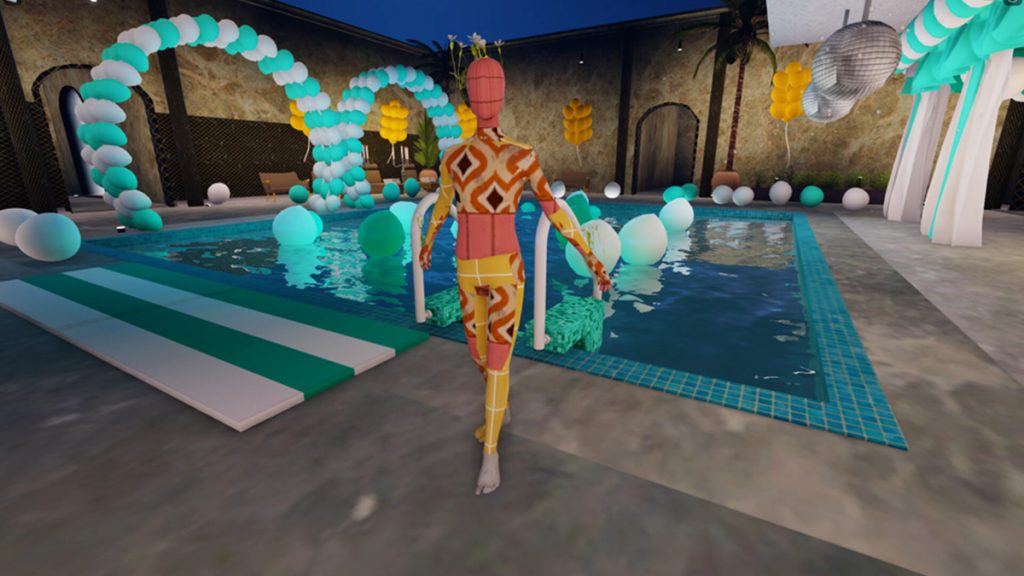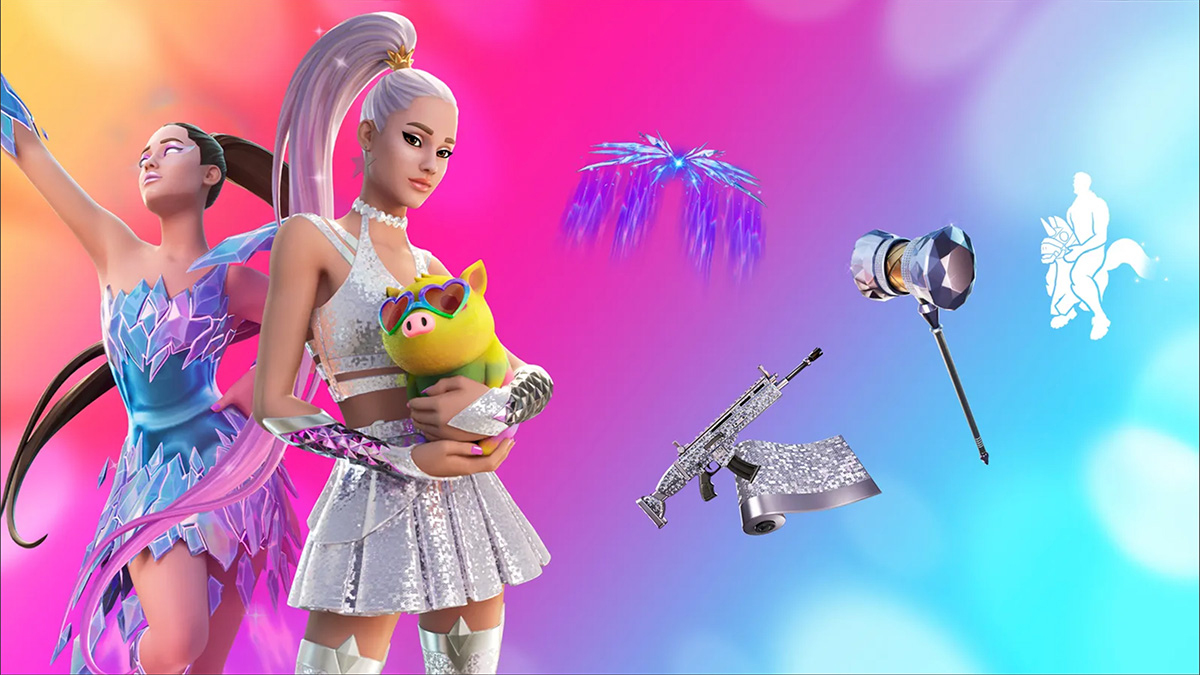(Fashionably late to the party? Check out Part 1 and Part 2.)
Landing The Whale
Instagram uses influencers to drive products into the hands of clambering fashion and luxury audiences. The games industry uses a similar technique, but it is heavily reliant upon a hierarchical system inside the individual game community. Like early adopters of technology, there will always be players of games who have the highest points or reach the final boss before anyone else. If we apply a similar psychology to how we manipulate luxury in a games experience, then we really need our community to help us.
In the past communities have been heavily criticised by the luxury industry for diluting their brand or selling items amongst themselves. In games, however, this is actively encouraged! Communities must talk to each other in order to further the fiction of the game into the hearts and minds of new players and veterans.
Whales are used to describe players who are addicted to and connected intrinsically to any part of the game that makes the world, and they will prove their devotion by spending money. I myself am a whale (no, no, not beached whale, that’s something different altogether) and I am happy to spend a lot of money on games that I am fascinated by or addicted to. This is a natural gamer psychology. But when it comes to luxury brands, for some reason this type of psychology goes out the window.
Here’s some free advice: as part of the development process in creating fashion and luxury items for digital use, start with the community; figure out the product-market-fit from the perspective of what is happening in the physical space and apply that to the digital space. Don’t build the world around the item, instead put the item in the world and get the community to talk about it and be excited by it. Having a $10 million dress floating around trying to do NFTs seems to be a fruitless and soulless experience for everyone involved.
Don’t do that.
Instead, explore the product-market-fit process as an exposition into an exclusive world. I have seen only one example of this working between luxury and games. But it took the luxury house in question almost ten years to get it right. That’s a lot of money spent in getting it wrong. And a lot of time spent that could have been better apportioned on understanding the community.
It isn’t difficult to be discoverable. And it isn’t a secret that games make more money per quarter than most other consumables even though their output cannot be physically consumed currently.
Learn Your A-B-Cs
The world of games isn’t some big secretive organisation. It has simply adapted itself over the years to give consumers what they actually want, which is different to what we think they want. From Candy Crush during the quick commute into the city, to a weekend spent playing League of Legends, there’s something for everybody: regardless of whether they are a vintage fashionista or a bored billionairess.
Because we spend so long understanding consumer psychology it has itself become part of the development process. However, when I see the fashion and luxury industries handing off their brands to marketers and PR who have very little experience in understanding exactly what the consumer needs in games beyond the first 40 pages of a magazine it makes me sad.
On that particular subject it’s important to remind you that it takes me an hour to read a fashion or luxury magazine – and I am an avid fashion/luxury consumer – yet I flick through the pages very quickly. MAGAZINES ARE BORING. FASHION PAGES ARE VERY, VERY DRY AND BORING. As an avid gamer I might spend around 20 hours a week playing games and, to date, I have barely seen a single luxury or attainable fashion brand inside a game. How strange? But these two things are becoming ever more comparable and evident as a disconnect between what fashion and luxury does and what fashion and luxury should be doing.

Get Onboard
To recap the various stages of getting your fashion/luxury brand into the digital landscape, this is your last chance to check that you’re doing everything that your audience requires you to.
- Use 3D tools right away, the moment that you have a brand meeting or discussion about how your next season, collection, or line will look. Look around the boardroom to make sure there’s someone in there who has 3D experience before you even put digital ink onto canvas. Oh, and remember that the workflow process is very important to the success of what you create so make sure that your PC is as organised as your design room.
- Create an experience for your audience which is as close to the physical experience they know and love from your fashion/luxury brand. It’s vitally important that you don’t veer too far away from the core pillars of your luxury house.
- Ensure the digital objects and items that you create fit the medium well. In the games industry, especially, our players are our biggest critics. If we make a false move, we lose them to our competitor. That’s not good for our business and it’s definitely terrible for yours.
- Find meaning in your luxury items and tell that story well. Don’t build your world around the luxury item, instead, place your luxury item in the world and trust your community to get excited about it. Use case plus value equals utility.
- Understand the psychology of whoever encounters your luxury item. Don’t call us gamers or purchasers, we are superfans so treat us as you would your physical consumers.
You don’t need to spend ten years trying to get this right, all the right answers are here! You just need to make your items quality-driven, discoverable, sought after and attainable in the digital space.
It’s time to take games seriously. If you really want to be in this exciting growth area, you could do much worse than follow some of the advice I’ve given here. In the meantime, play games. Lots of them. And tell us which games you’d love to see your fashion and/or luxury items feature in.
Kelly lives and breathes everything Beyond Games as a futurist and self-described creative badass. And as an experienced game developer, she's worked on titles such as Tomb Raider, Halo 3 and Candy Crush.



































